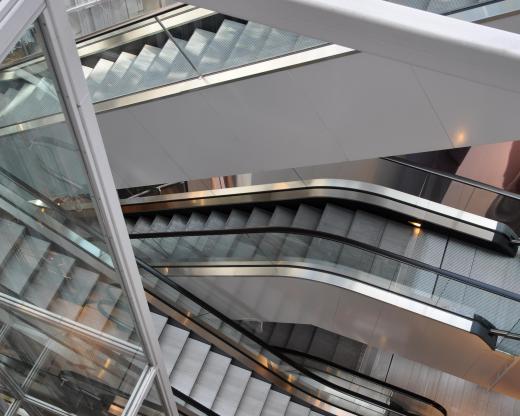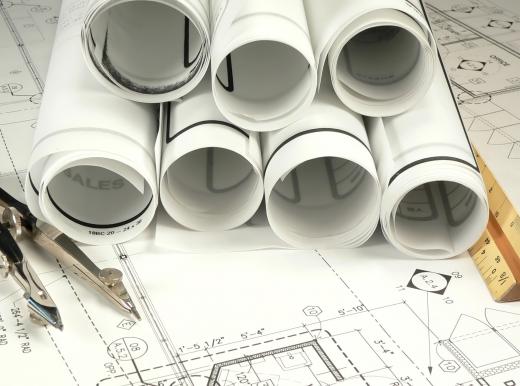What Is Building Systems Engineering?
Building systems engineering is the science and discipline of designing the ventilation, electrical and communications systems for buildings. When architects design buildings, they may use their own engineers or contract outside experts to design the various elements that allow buildings to operate. Heating and ventilation, plumbing, electrical and communications are all part of a building design often hidden from the buildings owners and users.
Once a building or residence has been structurally designed, with all framework and foundations defined and documented, the building systems engineering can begin. Systems engineers will use the existing framework design to incorporate all utility connections for bathroom, food service areas, and offices or living areas. Since the 20th century, many of these designs are done using computer-aided design (CAD) software that will place utility connections directly into the building design.

Heating and ventilation is a critical part of any engineering design, both for comfort of the occupants, but also due to the cost and weight of ventilation equipment. Adding air conditioning or heating equipment on top of a building can cause needed design changes in the structure to support the additional weight. Ductwork to carry ventilation air throughout the building must fit within existing wall or ceiling allowances, or design changes will be needed to accommodate them.

Electrical building systems engineering will include all electrical outlets and lighting, and will involve communications and computer networking needs. Many buildings designed since the late 20th century include computer networks throughout the building. These networks allow a business to quickly establish computer systems when the building is occupied, and minimize having to open walls or run networks later at additional cost. Electrical design may also include security networks, fire alarms, and outside landscaping irrigation controls.

Plumbing is a necessary part of building systems engineering, and includes both fresh water supply and removal of wastewater. Architects will specify where kitchens, bathrooms and other service areas are located, and the systems engineers will design the plumbing networks to connect them together. Wastewater plumbing also requires vents at key locations, which must be included in the building design and hidden in existing walls.

In larger buildings, moving people efficiently is a key part of the building systems engineering design. Elevators, escalators or moving walkways may be incorporated into the building design, and all require both electrical and control connections to operate correctly. Some systems, such as elevator controls, may also need to be connected to other devices such as fire alarms to prevent elevator operation when an alarm occurs.

Communications may include telephone, fax and intercom networks, but an important part of communications in larger buildings is portable radio reception. Building security personnel and outside emergency services need to communicate in the event of emergencies, and large buildings can block radio signals. Engineering design may need to incorporate signal boosters called repeaters at specific locations in a building to permit routine and emergency communications.
AS FEATURED ON:
AS FEATURED ON:















Discuss this Article
Post your comments